International Dawn Chorus Yorkshire 2020
The best way to celebrate the wonders of bird song is a dawn chorus in your own back yard. International dawn chorus is a global event on the first Sunday in May every year. This year five of us joined together to record and describe our experiences in or from our gardens in Yorkshire.
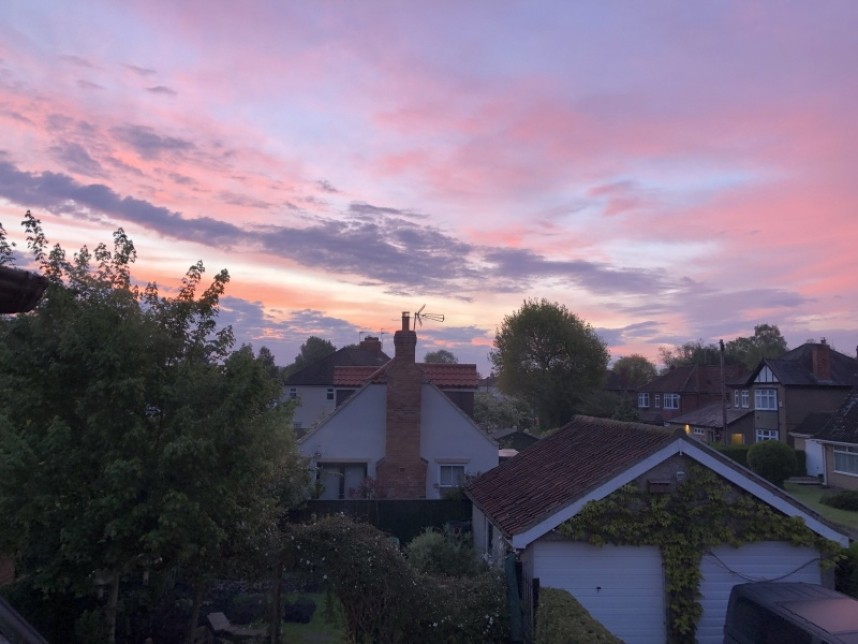
Sunrise on 3rd May 2020. A view from Richard's garden near York.
First up is our four-part video, narrated by the birds and recorded in four gardens; at Flamborough, Kingston Upon Hull, Skipsea and in Haxby near York. After the video are four written descriptions of our dawn in Yorkshire. A wonderful morning!
Richard in Haxby, York
I stumbled into the kitchen at 0415 quickly put the kettle on, grabbed the coffee and flung the door open. Cuckoo singing! Wow what a great start. No time to actually make any coffee, the show had already started!
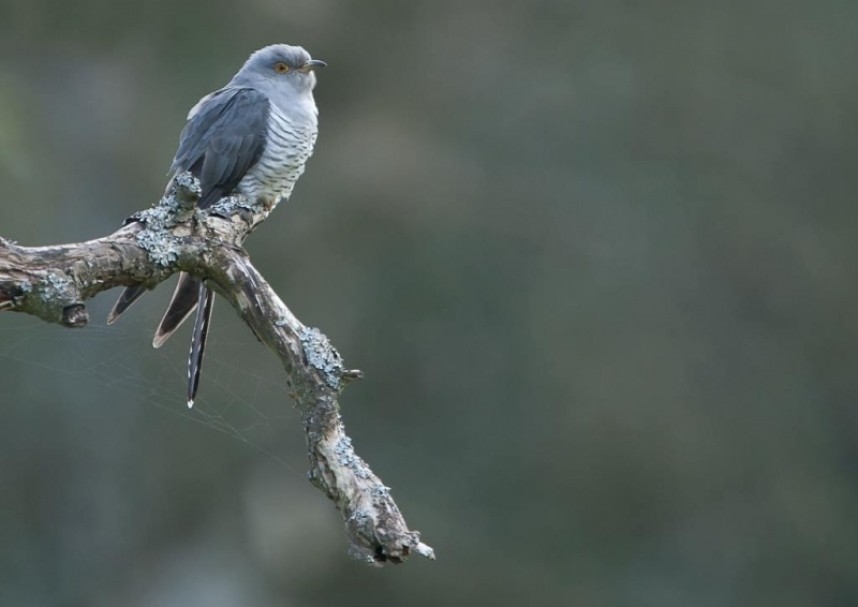
Common Cuckoo © Steve Race
Blackbirds were in full swing at 0430 blasting from all corners of the street, it was really difficult to know how many so I just stood amazed at the level of noise. The cuckoo was still in the background pumping it out alongside robins and wrens trying to be heard above the blackbirds. A blackcap started at around 0445 and the first woodpigeons were slowly cranking up. At 0450 a goldcrest was pumping as hard as he could at high pitch. At 0515 the blackbirds had calmed down so I could hear more species; woodpigeon, stock dove, pheasant, chiffchaff, blackcap, robin, dunnock, wren, mallard, chaffinch, carrion crow and jackdaw. By the end of my one hour I had heard 18 species and been captivated by the chorus, most definitely worth getting up for!
Wendy in Ruswarp near Whitby
At 0425, the sky was clear, just shedding its darkest night time hues and already the chorus was filling the air. I made my way across the field towards the wood. This was an under-explored time of day for me. It felt precious, an adventure; I felt so alive and couldn’t help smiling. From all directions the songs were coming, I just stood and listened. I felt totally absorbed by nature, soaking me up, lucky me.
As the sky took on a pinker tone, a song thrush started lead vocals right on cue, from a hawthorn so close by. My favourite birdsong, was right here at home, now, it was all mine, no-one else was here. lucky me.
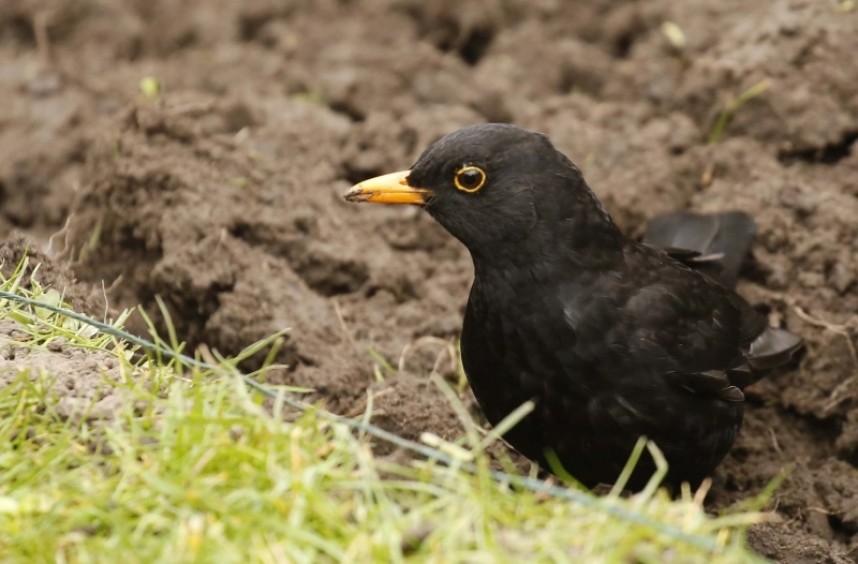
Eurasian Blackbird © Richard Baines
The chorus widened, so many songs to be sung, and all at once. How many birds I wondered? A wren started up, loud and unmistakable. Such volume and energy for a tiny bird! As I walked back, lead vocals changed, a blackbird and a robin, my garden residents. I was surrounded by nature, so audible, what a privilege, lucky me.
Mac in Kingston Upon Hull
The excitement of International Dawn Chorus day started, for me, with the realisation that while I have heard plenty of dawn choruses incredibly this is the first, I have deliberately set out to listen to. The dawn started with a robin, clear but alone, at about 04:20. Distant but not long after that came a blackbird its fluty tones carry from much further away; and then, it started to build. Next up was a wren and even a distant pheasant joined in. As it the sounds were building, I could make out at least 4 blackbirds but as they joined in it started to get difficult to be sure where one was starting and where another ends as they were overlapping a lot.
Herring gulls were a passing moment, even a harsh carrion crow in the half-light seemed magical. I anticipated from familiarity with the garden that there ought to be blackcap and great tit joining in at some point. Not to be outdone even a Jackdaw joined the show. The blasting trill of the Wren was a constant. There was something about the whole sound rather than the individual song which made it such a thrill. If you add to this that while being lost in the ‘performance’ (it’s difficult not to think of it like this) there was something powerful about knowing that other people were doing the same thing: listening, some near, some far, to this performance; all at the same time; connecting us all invisibly. As much as I might enjoy it, it is of course not for our benefit at all, but somehow that made it all the more special.
Margaret in Skipsea
At 0415 on an early May morning it was still dark, but birds had already started singing and when I ventured outside, the first bird in the garden was a robin, with a tawny owl calling in the background. Moments later a mallard called flying overhead and a distant skylark could be heard.
The distinctive harsh, bark like call of the pheasant followed by a loud flurry of wings is a common sound of the farmland that surrounds my house and an indication that one was in the nearby field. A single woodpigeon called and two greylag geese flew overhead. Now it was the turn of the blackbird, sitting close by on the top of a small bush, to begin its fluty and fruity song and for the next 10 minutes the songs of two robins and this blackbird filled the air, punctured only by Canada geese and herring gulls flying towards the coast.
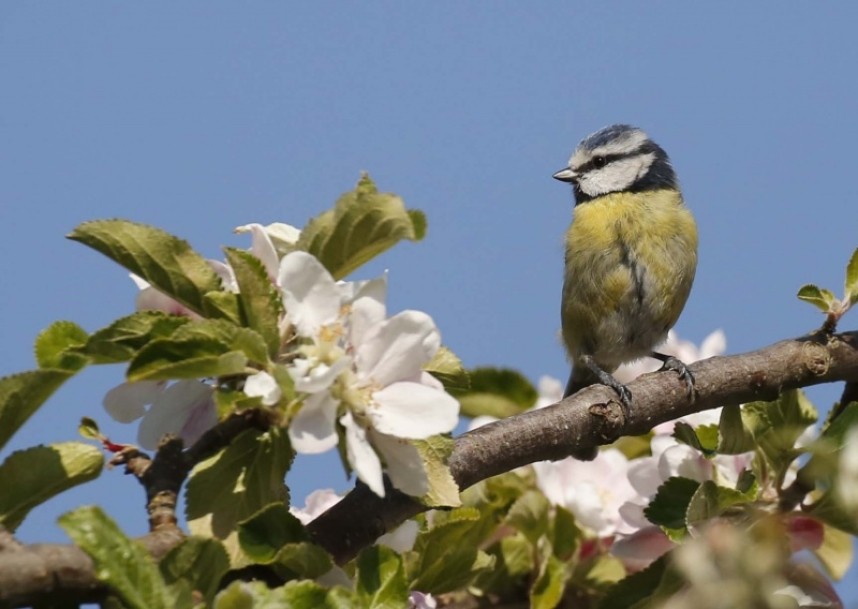
Eurasian Blue Tit © Richard Baines
Next to be heard was a chaffinch, the blackbird being startled by something emitted its shrill alarm call. Blue tits and a wren started to move around and a goldfinch was noted tuning up in the apple tree. Jackdaws, a regular visitor to my garden, flew by only to be startled by my presence, “jacking” as they changed direction.
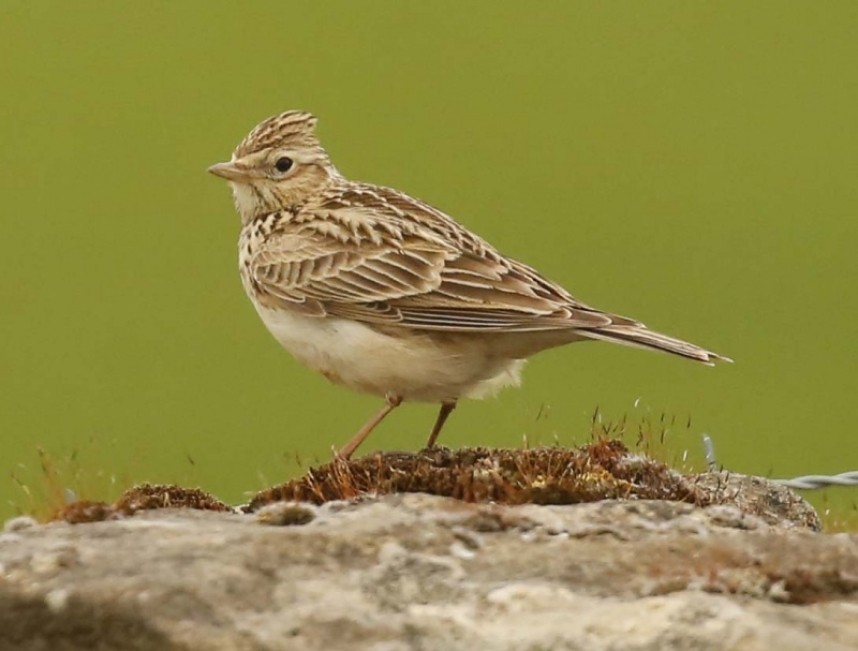
Eurasian Skylark © Richard Baines
Only at 0435 did I hear the neighbour’s cockerel and our pet sheep, rousing for the day, still before it was truly light. Crossing the paddock to walk along the hedgerow, another skylark was rising in the sky, singing as it went, despite it still being quite dark. Yellowhammer, whitethroat and blackcap were all now part of the chorus but bellowing out from the top of the tallest tree was the repetitive and shrill notes of a song thrush, clearly the loudest bird around. With the open space of the fields, crows were on the move and raucously sounding their presence.
Back in the hedgerow my first great tit of the morning, and a magpie cackling its presence. Returning to the garden the goldfinch’s song was more prominent, although no match for the loud, shrill, high pitched song of the wren which had now replaced the robins and blackbird from earlier. House sparrows and tree sparrows could be seen moving around but it was a while before the tree sparrows were vocal. At 0515 the first swallow was heard twittering above me, its gentle tones a stark contrast to the raucous crows flying back to the fields for the day from their roost. By 0530 many of the earlier songbirds have gone quiet yet the garden is full of activity as woodpigeons, tree sparrows and blue tits move towards the feeder. In the background I could still hear a distant skylark, more familiar now that it is nearly fully light. Before I retired back inside to the welcome warmth, I saw a pied wagtail and one of the dunnocks that I usually see throughout the day but neither of them call.
If you can only do it once, then getting up an what feels like an ungodly hour, to sit outside in the cold, then do it as its one of the most magical experiences of the natural world.



 Back to Blog
Back to Blog
